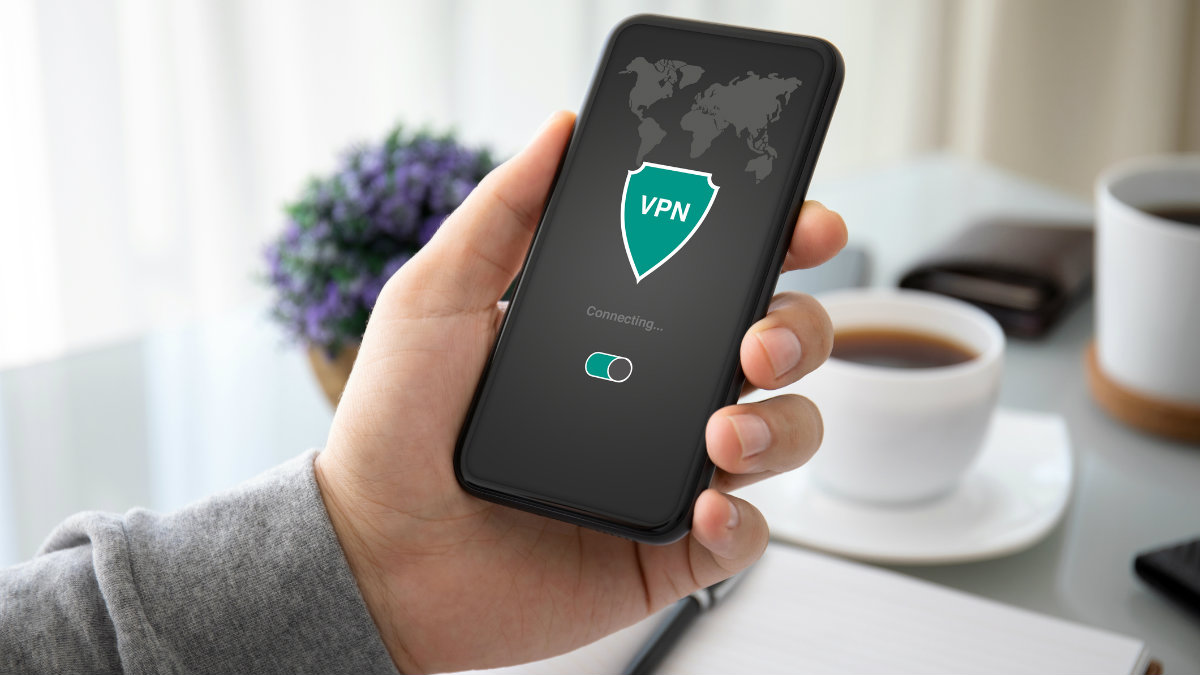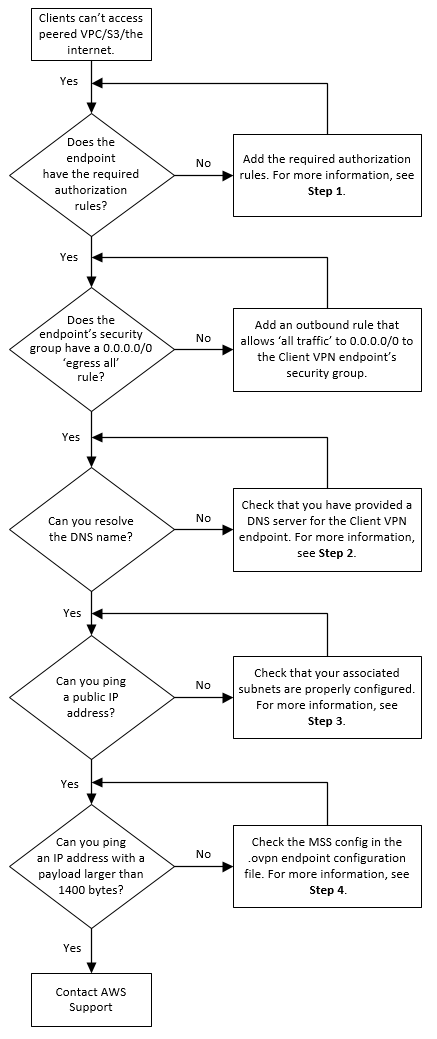Featured
Table of Contents
5 Of The Most Common Vpn Issues And Their Fixes

The Routing and Remote Gain access to snap-in lives within the Microsoft Management Console, known as the MMC. There are multiple methods to access the MMC. You can choose the console from the Start menu's Programs choices, within the Administrative Tools folder within Windows server's Control board or by typing mmc at a command timely.
As Tech, Republic's Brandon Vigliarolo demonstrates within his video at the start of this short article, the Services console shows the status of the Routing and Remote Access entry. From within the Providers console and with the Routing and Remote Access entry highlighted, you can click Start the Service or right-click the entry and select Restart.
Sometimes the VPN client and VPN server are set to using various authentication methods. Verify whether an authentication mistake is the issue by opening the server console. Yet another approach of accessing the MMC is to type Control+R to open a command timely in which you can type mmc and hit Go into or click OK.
If the entry isn't present, click File, select Add/Remove Snap-in, pick the Routing and Remote Access choice from the options and click Add, then OK. With the Routing and Remote Gain access to snap-in included, right-click on the VPN server and click Properties. Examine the Security tab to confirm the authentication method.
Troubleshooting Vpn Problems
Ensure the VPN customer is set to the authentication technique defined within the Security tab. Normally the products simply examined are responsible for the majority of VPN connection rejection mistakes. However other basics need to be correct, too. For example, if the Windows Server hosting the VPN hasn't joined the Windows domain, the server will be not able to validate logins.
Each Web-based VPN connection generally uses two different IP addresses for the VPN customer computer system. This is the IP address that's utilized to establish the initial TCP/IP connection to the VPN server over the Internet.

This IP address typically has the very same subnet as the regional network and therefore permits the customer to communicate with the regional network. When you set up the VPN server, you must configure a DHCP server to assign addresses to customers, or you can develop a bank of IP addresses to assign to clients directly from the VPN server.


If this option is selected and the reliable remote access policy is set to permit remote access, the user will have the ability to connect to the VPN. Although I have been unable to re-create the situation personally, I have heard reports that a bug exists in older Windows servers that can trigger the connection to be accepted even if the efficient remote access policy is set to deny a user's connection.
Troubleshooting Vpn Connection Issues On Windows

Another typical VPN problem is that a connection is successfully established however the remote user is unable to access the network beyond the VPN server. By far, the most common cause of this problem is that authorization hasn't been given for the user to access the whole network. To permit a user to access the entire network, go to the Routing and Remote Access console and right-click on the VPN server that's having the problem.
At the top of the IP tab is an Enable IP Routing check box. If this check box is made it possible for, VPN users will be able to access the rest of the network, presuming network firewall softwares and security-as-a-service settings permit. If the checkbox is not selected, these users will be able to gain access to only the VPN server, but nothing beyond.
For example, if a user is dialing directly into the VPN server, it's usually best to set up a fixed route in between the customer and the server. You can set up a fixed route by going to the Dial In tab of the user's homes sheet in Active Directory Users and Computers and picking the Apply A Fixed Route check box.
Click the Include Route button and then go into the location IP address and network mask in the area offered. The metric must be left at 1. If you're utilizing a DHCP server to assign IP addresses to clients, there are a number of other problems that could trigger users not to be able to surpass the VPN server.
L2 Vpn Common Configuration Issues
If the DHCP server appoints the user an IP address that is currently in use somewhere else on the network, Windows will find the conflict and prevent the user from accessing the remainder of the network. Another common problem is the user not getting an address at all. The majority of the time, if the DHCP server can't assign the user an IP address, the connection will not make it this far.
If the customer is appointed an address in a variety that's not present within the system's routing tables, the user will be not able to browse the network beyond the VPN server. Guarantee the resources the user is trying to access are really on the network to which the user is linking.
A VPN connection to the other subnet might, in reality, be required. A firewall or security as a service option could also be to blame, so don't forget to review those solutions' settings, if such components exist between the VPN server and the resources the user looks for to reach.
The very first possibility is that a person or more of the routers included is performing IP packet filtering. IP packet filtering might avoid IP tunnel traffic. I advise inspecting the customer, the server and any makers in between for IP packet filters. You can do this by clicking the Advanced button on each maker's TCP/IP Characteristics sheet, choosing the Options tab from the Advanced TCP/IP Settings Characteristic sheet, choosing TCP/IP Filtering and clicking the Properties button.
Latest Posts
The 6 Best Vpn Stocks To Buy Right Now For August 2023
The Top 10 Enterprise Vpn Solutions
Best Vpn Service 2023: Vpns Tested By Our Experts